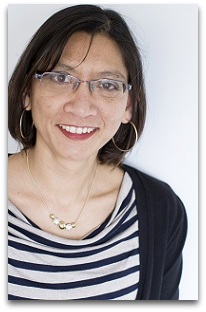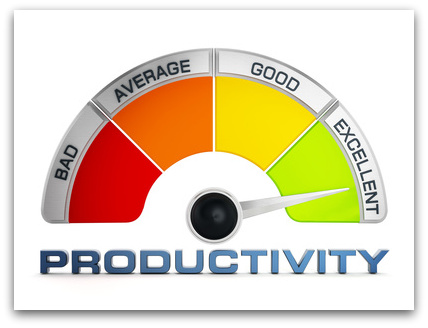What to do when it doesn’t work! 1
In this weeks guest post experienced coach Jeannette Attryde shares some insights from her work.
What to do when it doesn’t work!
By Jeannette Attryde

There has been a recent trend on Twitter of the hashtag #IAlwaysGetAnnoyedWhen and it got me thinking about the last time I got annoyed. I am not the sort of person who is easily angered or frustrated so it took some thinking and I decided that the times when I get annoyed are usually when I can’t help somebody.
I decided to start my business to give me the ability to focus on doing what I love – helping people. The desire to help is also why I volunteer for the local council as an Employment Mentor helping the long term unemployed overcome barriers to work. So when I can’t help somebody I feel frustrated, disappointed and like I have failed.
There are likely to have been times when you have been trying to coach somebody, or manage somebody, and no matter how much you try or what techniques you use, you just can’t achieve the outcome you are working towards. How does that make you feel? Probably similar to myself. My first reaction is to look internally to try and work out why I “failed”, why my skills “weren’t good enough” on this occasion, and what else I “should have done”. But there is one simple truth I overlook – you can’t help everybody.
So how can you get some real perspective on the situation and why this happens?
Firstly, it is worth remembering that these occasions are very few and far between. When you assess the objective data you will see that these cases make up a tiny amount of the people you have worked with and it’s important not to forget all the successes you have had because of one or two cases which didn’t work out.
Secondly, as a coach you are there to facilitate change. As Angus McLeod describes in his book Performance Coaching,
“The coach is not the player, but an instrument, in service to the art of the coachee…”
so there will be occasions when despite your best efforts the coachee cannot or will not change. This can be due to lack of will, lack of skill, or lack of ability. There may be occasions, such as one I recently experienced, where the person I was working with needed a much more directive intervention than I could offer through coaching. In that case the best help I could give was to ensure he was referred to the best source of that support. If I had tried to work with his it would have been frustrating for him and may have weakened his trust in any interventions subsequently recommended.
Thirdly, to make a real collaborative team and achieve the goals the coachee desires will need an element of rapport. If the two of you do not have that rapport, then the relationship can be strained and any work you try to do together may be undermined. Similar to when you are looking for a romantic life partner, it is better for either party to recognise at an early stage that the chemistry is not there and to seek an alternative partnership which will be more productive. There is no shame in this, it is simply that you didn’t “click”.
And finally, as well as doing some self-reflection, use your coaching supervision, or other coaches/managers to discuss the situation. There is always something to learn from these events and it may be something that is visible to you through the guided reflection that coaching supervision gives you.
About Jeannette Attryde
 Jeannette Attryde is the owner of Different Perspectives, Coaching and Consultancy. She has over 17 years’ experience in leading and managing teams of varying sizes in a range of organisations including Blue Chip Financial Services companies. Whilst specialising in Leadership and Management coaching, she also works with people from all walks of life to identify and achieve their goals through tailored personal coaching. Sessions are conducted face to face, by phone/Skype or online messenger.
Jeannette Attryde is the owner of Different Perspectives, Coaching and Consultancy. She has over 17 years’ experience in leading and managing teams of varying sizes in a range of organisations including Blue Chip Financial Services companies. Whilst specialising in Leadership and Management coaching, she also works with people from all walks of life to identify and achieve their goals through tailored personal coaching. Sessions are conducted face to face, by phone/Skype or online messenger.
Jeannette loves connecting with people and can be reached in the various ways below
Website – www.different-perspectives.co.uk
Twitter – @DP_Jeannette
Facebook – www.facebook.com/differentperspectivesuk
LinkedIn – www.linkedin.com/company/different-perspectives


 Lottie is a multi-award winning coach and mentor who lives life outside of the comfort zone. Best known for her firewalking, and physical metaphors training, Lottie is passionate about creating change for the individuals and groups that she works, encouraging them to look beyond their limitations and shine
Lottie is a multi-award winning coach and mentor who lives life outside of the comfort zone. Best known for her firewalking, and physical metaphors training, Lottie is passionate about creating change for the individuals and groups that she works, encouraging them to look beyond their limitations and shine



 Take a moment to consider your top 5 memories from 2015.
Take a moment to consider your top 5 memories from 2015. 


